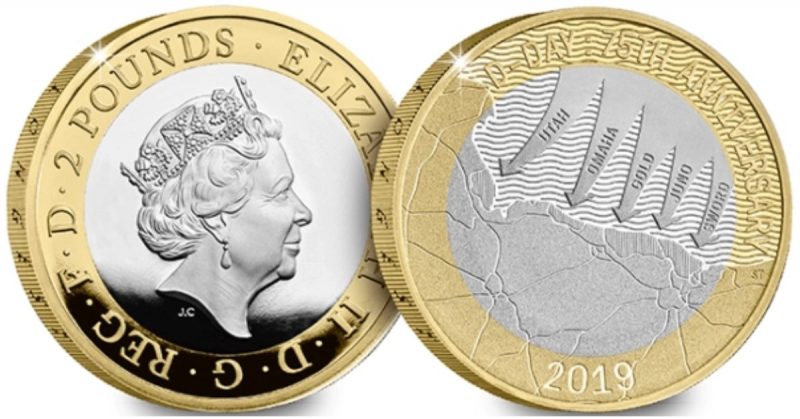The Royal Mint has launched a new £2 coin to mark the 75th Anniversary of D-Day, the seaborne invasion of France during World War II.
The coin has been created to mark the date that the Allied forces took the fight back to the Germans on the European mainland — a fight that ultimately led to the signing of a peace treaty.
It will be a tribute to the brave men and women that planned and took part in the invasion that freed Europe from Nazi dominance.
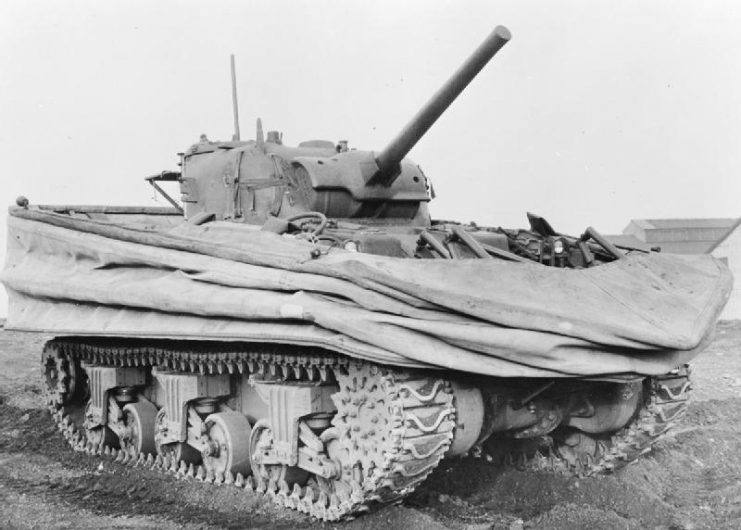
The director of consumer affairs at the Royal Mint, Nicola Howell, said that the D-Day landings on June 6, 1944, were one of the most significant events in the history of Britain and that it was important that the nation remembers that the landings were the turning point of the war.
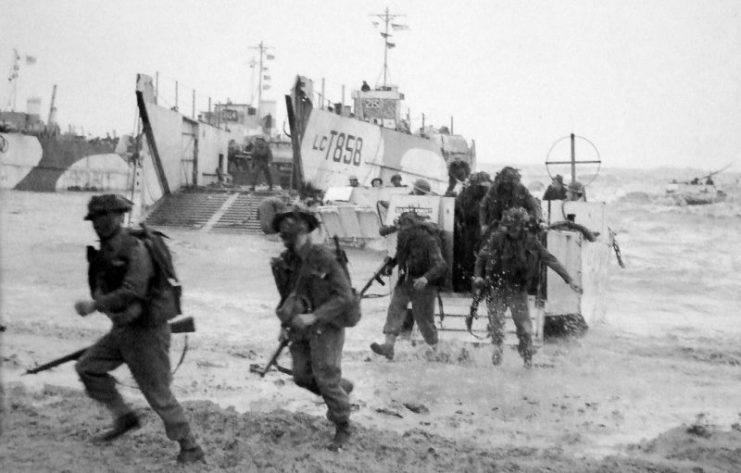
The Mint believed that the striking of the coin would be a fitting tribute to the planners and personnel of the Allied Armed Forces.
The new bi-metal coin was designed by Stephen Taylor, who works for the Royal Mint. His inspiration for the design came from the maps used by the Allied commanders to plan the invasion. Their strategy was to land forces on five beaches in Normandy: Utah, Omaha, Gold, Juno, and Sword.
The coin carries the head of Queen Elizabeth II on one side and on the reverse is a design showing five arrows, along with the name of the beaches and the outline of the Normandy coast. It is a striking design that shows up very well on the coin.
This design is intended to portray the immense scale of the operation where the Allied forces had to overcome a line of Nazi defenses, known as the Atlantic Wall, to storm up the beaches.
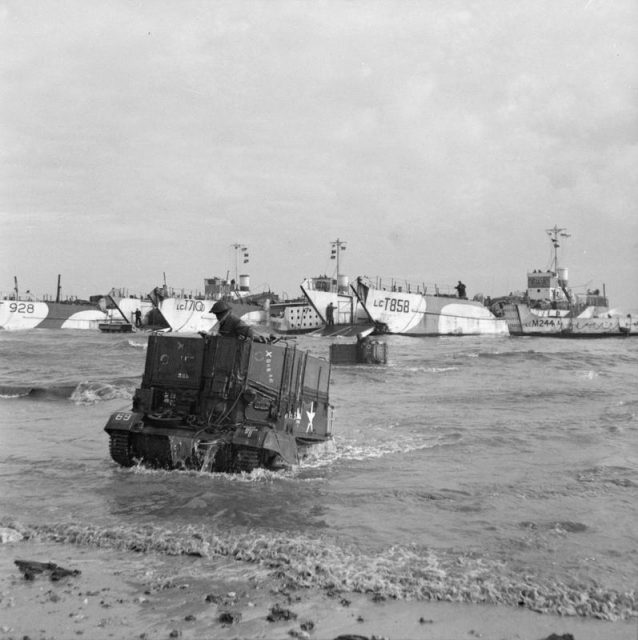
As with many large operations, all did not go according to plan but at the end of the day, despite suffering massive casualties, the Allied forces prevailed, and they gained a significant foothold in mainland Europe.
Even before the coins are ready for sale, they must go through a baptism of fire of their own. First, a designer must sketch a design to be approved. Once approved, a model is made of the design, most often in plaster, and then that model is used to create a digital file that can be stored on a computer.
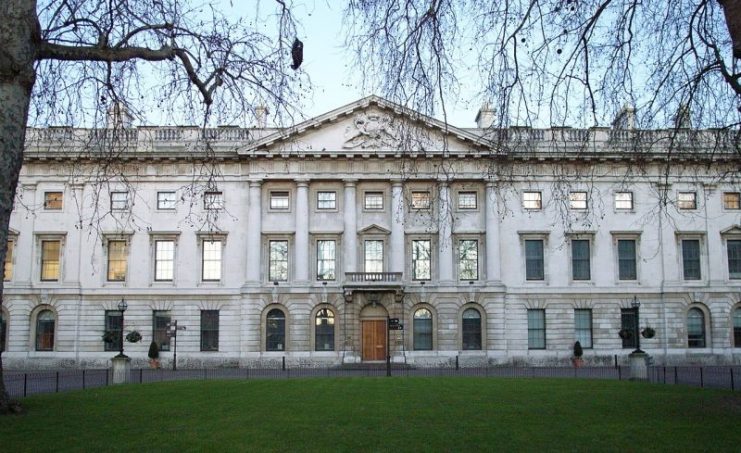
The digital data is used for engraving the design into steel that is the size of the final coin. These steel discs are known as dies, and there is one for each side of the coin.
While the design is being finalized, the metals that will be used to manufacture the coin are prepared, and a long strip is rolled to the correct size for the coin. Blanks are punched out of them, and these blanks will eventually become the finished coins.
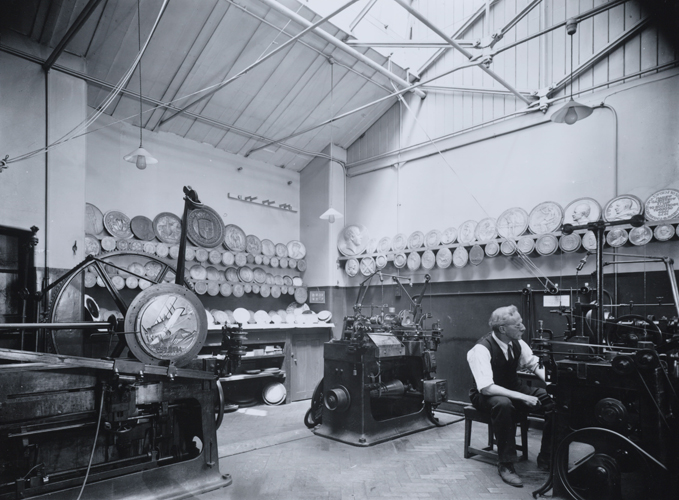
Once the blanks are ready, they are fed into a press that strikes the top and bottom at the same time and punches the design into the metal.
The coin was designed in conjunction with the Imperial War Museum, and a donation from every coin sold will go to the Museum.
Read another story from us: The Truth About the King George WWII Campaign Medal Ribbons
The coins will not be going into general circulation and can only be purchased via the Royal Mint website.
The prices range from a top of the line gold proof coin that will sell for £845 to a brilliant uncirculated version that will sell for £10.
